Are Laptops Allowed In Checked Baggage?
Are laptops allowed in checked baggage when you fly? This is a question that many travelers have, especially those who are traveling with their important work documents or personal items. If you’re looking for answers to this question and more information on the regulations governing laptop transport on planes, then you’ve come to the right place.
As a frequent traveler myself, I can relate to the feeling of needing control over all aspects of my journey – from packing my bags correctly and staying organized during check-in queues to ensuring everything goes smoothly at security checkpoints. That’s why carrying your laptop safely onboard an aircraft has become increasingly important.
In this article, we’ll take a look at what the rules say about bringing your laptop through airport security and into your checked luggage – as well as how airlines are responding to these changes. We’ll also examine how best to protect your device while it’s being transported so that you can arrive confidently knowing that everything is secure and accounted for. So read on for peace of mind before your next flight.
What Is Allowed In Checked Baggage?
Checked baggage is an important part of the travel experience, allowing us to bring more than just our carry-on items. But what exactly are we allowed to pack in these bags? Knowing the restrictions on checked luggage can help you avoid costly fees and potential risks while packing for your trip.
Though there are a few exceptions, most airlines allow passengers to include both personal items and souvenirs they’ve acquired during their travels in checked baggage. However, it’s essential that travelers understand all relevant restrictions before packing their bags – especially when it comes to hazardous materials or fragile goods like electronics. Laptops, for instance, are generally permitted as long as they are properly protected from damage due to pressure changes inside the aircraft cargo hold. With this knowledge under your belt, you can now start planning out which items will make it into your suitcase.
Now that we’ve discussed some of the basics about what’s allowed in checked luggage, let’s move on to size and weight restrictions for such bags…
Size And Weight Restrictions For Checked Baggage
It’s common knowledge that whether you’re a business traveler or simply off on vacation, you have to abide by certain restrictions when it comes to checked baggage. After all, who wants the hassle of paying extra fees? That said, understanding size and weight limitations for checked luggage is key to making sure your journey runs smoothly.
Here are four essential tips on bag size and weight:
- Baggage size should not exceed 62 inches (L+W+H).
- Weight limit varies from airline to airline; usually around 50 pounds per piece of checked baggage.
- Excess baggage may incur additional charges if exceeding the allocated allowance by an airline carrier.
- If carrying items such as musical instruments or sports equipment, contact your carrier ahead of time in order to ensure compliance with their size and weight regulations.
The savvy traveler knows that these rules are made so we can get through airport security without any hiccups – but what about laptops? While laptops must be removed prior to going through security checkpoints, they are allowed in both carry-on bags and checked baggage provided they adhere to airline policies regarding laptop batteries and other safety measures outlined by the Transportation Security Administration (TSA). With this information at hand, travelers will be more prepared before embarking on their next adventure.
Airline Policies Regarding Laptops In Checked Baggage
When it comes to taking a laptop on an airplane, most travelers have the same burning question: are laptops allowed in checked baggage? The answer is yes. But whether you should do so depends on your airline’s policy and any potential risks associated with packing your laptop in checked baggage.
Different airlines have different policies when it comes to checking electronics such as laptops. You’ll want to check with your individual carrier before trying to pack your laptop into checked luggage. Some airlines may require that all electronic devices be removed from their cases and placed separately in clear plastic bags. Others might not allow them at all if they’re packed away inside of another bag or suitcase. In some instances, items like lithium batteries can also cause problems for airport security personnel, so it’s important to familiarize yourself with what is and isn’t permitted beforehand.
Additionally, there are certain risks associated with packing a laptop into checked luggage that could potentially damage the item or put its sensitive data at risk. If possible, always leave your laptop out of checked bags altogether by carrying it onto the plane as part of your carry-on allowance instead. That way, you can keep an eye on it throughout all stages of travel until you reach your destination safely. Going forward, we will look further into tips for properly packing a laptop in checked baggage if necessary.
Tips For Packing Your Laptop In Checked Baggage
Traveling with a laptop can be both exciting and daunting. When it comes to packing your laptop in checked baggage, the stakes are even higher. While you may not have control over airline policies regarding laptops in checked bags, there are still many tips for ensuring that your device stays safe and secure during transit.
Before you pack up your laptop, make sure to check any guidelines set by the specific airline you’re flying with. This includes size restrictions on devices placed in overhead bins or checked bags as well as any special instructions related to protecting fragile items such as laptops when they travel through an airport terminal. Additionally, double-check if there is an extra fee associated with checking bulky items like a laptop since this could vary from one airline to another.
When packing up your laptop for transport, keep these tips in mind: wrap all cables separately; use bubble wrap around your computer; place it inside its carrying case or padded sleeve; put it near the top of the bag so that it’s easy to access; and consider using TSA-approved locks for added protection against theft or tampering.
Furthermore, make sure that nothing else is packed into close proximity of your device — particularly heavy objects which could cause damage upon impact during turbulence or movement within the cargo hold during flight. Even though protected adequately, take out important documents before placing them in luggage just in case anything happens while en route.
By following these precautions and guidelines, you can rest assured knowing that your laptop will arrive at its destination unscathed — allowing you to tackle whatever tasks await without worrying about potential equipment malfunctions due to mishandling from airline staff members or other passengers along the way!
Should You Carry Your Laptop On Board Or Pack It In Checked Baggage?
Traveling with a laptop can be stressful. There’s the question of whether to carry it on board or pack it in checked baggage. Let’s explore both options, starting with carrying your laptop as a carry-on item.
If you want total control over your laptop and peace of mind that it won’t get lost or damaged, then taking it on board is probably your best bet. It’ll also save time when you reach your destination – no waiting around for checked luggage. However, if you don’t have the space in your bag or are concerned about theft while traveling, consider packing your laptop instead.
Packing a laptop in checked baggage does come with risks though, such as damage due to rough handling by airport staff and other travelers. You might also need to purchase extra insurance coverage specifically for laptops to ensure they’re covered should something happen during transit.
Alternatively, there are some on-board alternatives such as locking cables that secure laptops to tables or trays which provide an additional layer of security against theft. Ultimately, only you can decide what’s right for you when deciding how to travel with a laptop – but make sure you understand all the potential risks before making any decisions.
Potential Risks Of Packing A Laptop In Checked Baggage
Packing a laptop in checked baggage can be tempting, but it is important to consider the potential risks involved. As much as we are used to having our laptops with us wherever we go, taking them on a flight means exposing them to possible damage from being handled and moved around by airport personnel or during transit.
Even if you do your best to cushion the laptop and protect it inside the bag, there is still no guarantee that it will remain undamaged after check-in. Additionally, security at airports may not always be sufficient when checking-in luggage, leaving greater chances of theft or tampering with what’s inside the bag.
It is also worth noting that airlines have their own regulations regarding carrying electronics in checked bags and this could vary depending on which airline you travel with. For these reasons, travelers should take into account all potential risks associated with packing their laptops in checked baggage before making any decisions about how they want to transport them.
Alternatives To Packing A Laptop In Checked Baggage
When it comes to transporting a laptop while traveling, there are alternatives to packing it in checked baggage. Carrying the laptop with you on board is an option, however, this means that your device will be exposed during transit and could easily get damaged, so it’s important to make sure it’s properly protected. Travel cases or laptop bags provide extra cushioning for laptops and other electronics when they’re being transported by air, ensuring safe transport throughout the journey.
If carrying your laptop with you isn’t feasible (due to size of bag restrictions), then consider sending it separately via express mail or delivery service. This way, you can track its progress from point A to point B and ensure that your precious cargo arrives safely at its destination – no matter how far away that might be. For added security, look into insuring the item before shipping; this way if anything does happen during transit, at least you won’t have lost your investment entirely.
Whatever method of travel you choose for transporting your laptop, make sure that whatever packaging solution you go with provides enough protection for both short-term storage as well as long journeys. With the right mix of protective measures and travel cases/laptop bags, you’ll have peace of mind knowing that your machine is safely tucked away until its final destination.
Frequently Asked Questions
How Can I Track My Laptop Once It Has Been Checked In?
As the world grows increasingly connected, our need for control and security is greater than ever. But have you ever thought about how to track your laptop once it has been checked in? It’s a question asked by many travelers who are looking for peace of mind as they make their way around.
For those seeking solace from uncertainty when checking-in luggage containing laptops, tracking technologies may provide some comfort. There are a number of options available that allow users to keep tabs on where their devices are at all times. From GPS tags attached directly to laptops or simply using an app to monitor location updates, there’s no shortage of ways you can track your checked-in laptop.
Whether you’re traveling abroad or closer to home, knowing exactly where your device is located can be an invaluable resource during any journey. With this newfound power comes additional responsibility; however, don’t forget that tracking technology isn’t foolproof and its accuracy will depend on local cellular reception and other variables in play.
So while there are now more solutions than ever before to help us keep up with our most important items, we must always remain cautious and aware of the risks involved with relying solely on technology to stay safe and secure while we explore the globe.
Is There An Additional Fee For Checking In A Laptop?
Traveling with a laptop can be both convenient and necessary for many travelers. But before you check it in, it’s important to know about the cost of checking your laptop into baggage. This article will discuss what additional fees may apply when checking in a laptop.
When selecting luggage for checked-in items, there is often an additional fee for any item deemed ‘oversize’. It’s likely that a laptop would be included in this category and could therefore incur an extra charge.
The cost of checking a laptop depends on airline’s policies as well as individual airports’ rules; however, most airlines have similar policies regarding oversize items – such as laptops – so it should not be too difficult to find out how much it will cost to check in your device.
The good news is that some airports are now allowing passengers to include their laptops in their carry-on bags without incurring an additional fee. Therefore, if you’re planning on taking your laptop with you on your travels, make sure you double-check the airport’s policy ahead of time to see whether or not they allow laptops in carry-ons without charging an added fee. Doing this research beforehand can help ensure that your trip goes more smoothly and minimize any unexpected costs associated with bringing along a laptop.
What Is The Best Way To Protect My Laptop When Packing It In Checked Baggage?
When planning to travel with a laptop in your checked baggage, the best way to protect it is by taking a few simple precautions. Air travel security measures may have increased over time, but that doesn’t mean you shouldn’t take extra steps for added protection of your important device. Here are some packing tips and security measures to consider before traveling with laptops in checked luggage:
- Packing Tips:
- Invest in an appropriate sized case or sleeve that fits snugly around the laptop; this will provide additional cushioning when handling and transporting your laptop during air travel.
- Place additional padding material such as bubble wrap around all sides of the laptop and then place it inside the bag; this will help absorb any impact while being handled at airports.
- Make sure zippers on bags or cases are closed properly; this prevents items from falling out if the bag is turned upside down or opened unexpectedly.
- Security Measures:
- Back up all files onto an external hard drive or cloud storage system prior to leaving home; this provides peace of mind knowing that no matter what happens, you won’t lose access to important data stored on your laptop.
- Disable Bluetooth connections on the laptop before putting it into checked baggage; hackers can easily gain access through open wireless networks and personal information can be stolen without physical contact.
- Use a padlock to secure any zipper closures on bags containing laptops; this serves as an extra layer of protection so thieves cannot easily remove valuable items from within a suitcase.
By following these tips and taking necessary security measures, travelers can ensure their laptops remain safe throughout their journeys when placed in checked luggage.
Are There Any Restrictions On The Type Of Laptop That Can Be Checked In?
When checking in a laptop, there are important restrictions to consider. Many airlines have rules on the type of laptop that can be checked in; these vary from airline to airline, so it is essential to check with your chosen carrier before packing.
For example, some airlines restrict laptops smaller than 17 inches and heavier than 11 pounds, while others allow all sizes but may require larger ones to go into their own protective case. Knowing what types of laptops the airline allows will help ensure you don’t run into any problems at the airport and save time during check-in. It’s also worth familiarizing yourself with other airline baggage restrictions related to electronics – such as how many batteries or chargers you’re allowed per bag – so you know exactly what items you’ll need for your journey ahead of time.
Planning ahead when bringing a laptop through an airport is key; make sure to check out the specific luggage requirements prior to traveling. This way, travelers can be confident they won’t need to worry about last minute changes or delays due to unforeseen circumstances like incorrect packaging or size issues on arrival at their destination. With this knowledge, carrying a laptop onboard with peace of mind is possible.
Are There Any Special Requirements For Packing A Laptop In Checked Baggage On International Flights?
Ah, the joy of international travel. What could be more exciting than packing your laptop in anticipation for an exotic destination? But wait – are there any special requirements you need to know about before checking that laptop bag at the airport?
The answer is yes. Despite how easy it may seem to pack a laptop in checked baggage on an international flight, there are specific rules and regulations to consider. Depending on where you’re travelling from and to, these requirements can vary greatly. For example, if you’re flying between US airports and other foreign destinations, then laptops must be individually packed within protective cases or bags prior to being placed in checked luggage. Laptops should never be kept loose inside suitcases as this increases the risk of damage during transit. Additionally, some airlines may require electronics such as laptops to have their batteries removed before being placed in checked baggage; so make sure you check with your airline ahead of time for any extra restrictions they might have when it comes to packing electronic devices.
As tedious as these requirements may sound, following them will give you peace of mind knowing that your precious laptop is safe en route to its final destination. With adequate preparation and planning beforehand, all those wonderful memories captured on your laptop – no matter which country they were taken in – will remain intact until they reach home safe.
Conclusion
As a frequent traveler, I understand the importance of knowing how to protect my laptop when packing it in checked baggage. With airlines making changes all the time, it’s essential to stay up-to-date on their policies regarding laptops and other electronics. After researching this topic extensively, I’ve come to the conclusion that yes, laptops are allowed in checked baggage—but with some important guidelines, you need to follow for maximum protection.
First off, tracking your laptop is possible through most major airlines if you have booked with them directly or through an online portal. There may be additional fees associated with checking in a laptop which will vary depending on the airline and route chosen. When packing your laptop into checked luggage, make sure to use plenty of cushioning material like bubble wrap or foam padding and secure it tightly so as not to cause any damage during transport.
Lastly, there can be restrictions based on size and weight for international flights (such as those from the US) so do check these before booking. Additionally, certain materials such as lithium batteries must meet specific requirements prior to being packed away safely; failure to adhere could result in confiscation at security checkpoints. By taking note of these regulations now, you’ll know exactly what needs doing ahead of your next trip.

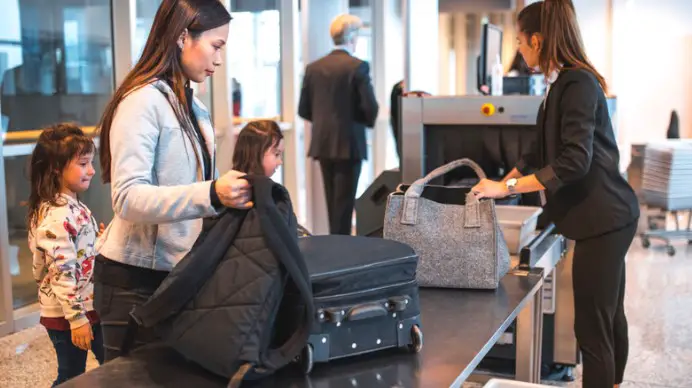
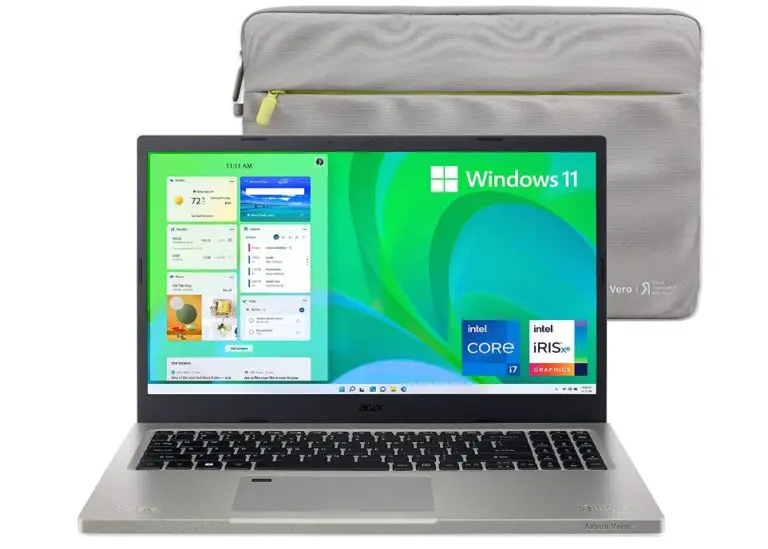


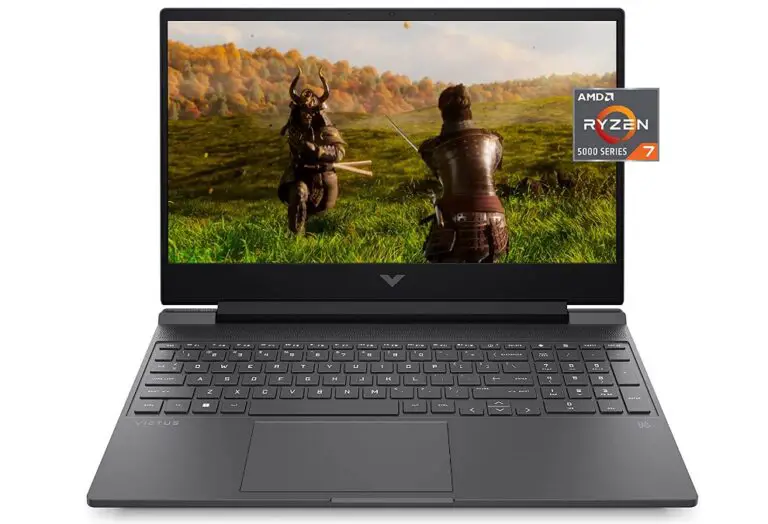
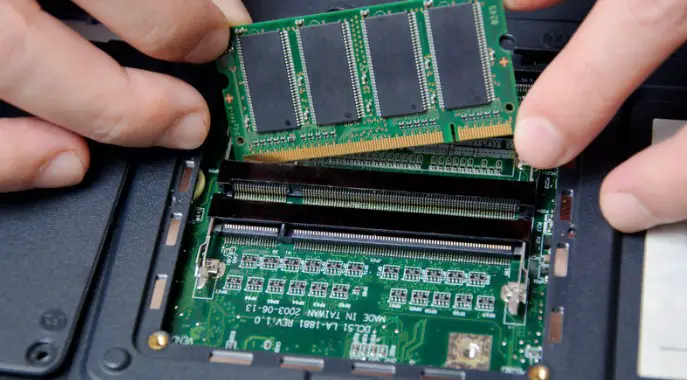
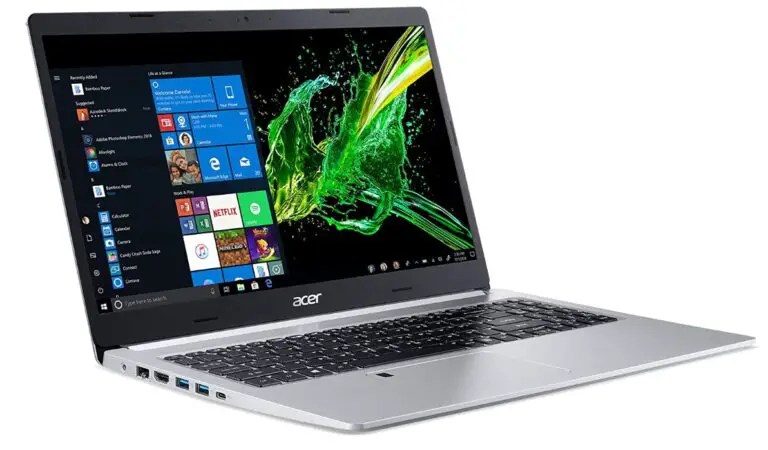
One Comment